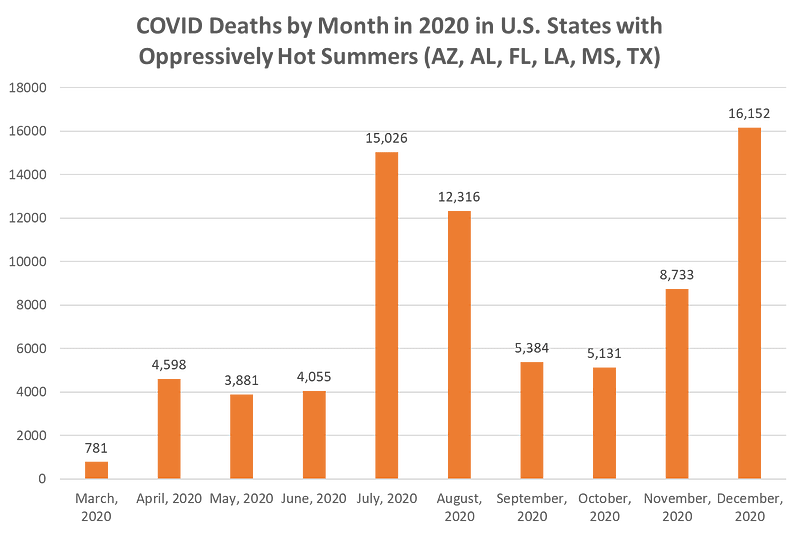Understanding the Evolving Nature of COVID-19 Guidelines
Written on
Chapter 1: The Debate Over COVID-19 Responses
Since the onset of the COVID-19 pandemic, discussions have been rampant regarding the pace at which normalcy should be restored in American schools, workplaces, and places of worship. Many individuals aligned with conservative viewpoints have contended that progressive Democrats are unnecessarily harming both the economy and the educational framework of the United States. This perspective suggests that Democrats have public health specialists under their influence. Claims such as vaccines being harmful, COVID's threat being exaggerated, summer weather eliminating the virus, and the ineffectiveness of social distancing have circulated widely. While some of these misconceptions are more widespread than others, the belief that COVID is not lethal has significantly diminished as the death toll has increased.
One of the most hazardous misconceptions surrounding COVID-19 is the notion that the CDC cannot be trusted due to their changing guidelines. Recently, some critics have claimed that the CDC only recognized that N-95 masks are superior to homemade masks. While improved communication could have been beneficial, I knew over 20 months ago that N-95 masks, designed for surgical use, offer far better protection than those made at home. Initially, the CDC wisely advised against a rush to acquire N-95 masks to ensure they remained available for frontline health care workers.
At the pandemic's start, I anticipated that CDC guidelines would frequently evolve, similar to the varying regulations implemented by state governments. Criticizing the CDC for providing different recommendations over time and across regions is akin to blaming meteorologists for forecasting snow in Buffalo, New York, but not in Key West, Florida. Pandemics present complex, evolving challenges, and a uniform approach is often impractical. Personally, my concern about COVID has lessened since becoming fully vaccinated and boosted, though the emergence of variants like Omicron has heightened my worries.
To grasp the intricate nature of COVID's spread and the risks associated with gathering unvaccinated individuals indoors, we can analyze the official CDC COVID death statistics from 2020. The CDC recently released this data, which highlights a significant increase in COVID deaths as the year progressed.

As illustrated, COVID death rates surged in April and May 2020, following initial outbreaks. They subsequently declined in June before worsening again in the fall. Is it reasonable to expect the CDC to maintain identical guidelines for mitigating this health crisis from April to August? Perhaps you might argue that prior research on virus transmission would have allowed you to predict a summer lull in COVID cases back in March 2020.
If so, I hope you shared that insight with caution in states like Texas, Arizona, or Florida, where summer conditions differ significantly. States with extreme summer heat exhibited a distinct pattern of outbreaks, with COVID death rates in July and August being markedly higher than in May or June. Residents in these hotter regions tend to spend much time indoors during the summer months.

There are two key takeaways from this analysis. Firstly, the dynamics of COVID transmission and death rates are intricate, often difficult to elucidate even in retrospect, and challenging to forecast. Secondly, prior to vaccine availability, the amount of time individuals spent indoors appears to have been a more significant factor influencing COVID death rates than ambient temperature. Research confirms that cold, dry climates facilitate the spread of various viruses, including those closely related to COVID-19. However, in the case of COVID-19, it is evident that indoor environments outweigh outdoor temperatures in terms of risk.
If you have alternative explanations for these regional differences, I welcome your insights. Nevertheless, these findings serve as a warning against the current trend across the U.S. of rapidly reopening schools, churches, and businesses. At the very least, we should be prepared to reinstate stricter measures, such as remote learning, if necessary. Many lives could depend on this readiness.
In conclusion, Democratic leaders must refrain from excessive apologizing for minor COVID missteps and instead confront those perpetuating harmful misinformation. They should respond even more vigorously to those who criticize the CDC or President Biden for not executing a flawless COVID strategy. There's a critical reason why, for several months, individuals in Republican-leaning states have been experiencing significantly higher COVID death rates compared to those in Democratic states. Six months ago, Republicans were approximately ten times more likely than Democrats to express intentions of remaining unvaccinated. Political leaders who manipulate electoral boundaries to secure victories may eventually discover that even blatant gerrymandering won't suffice to maintain control of Congress if their constituents are misled to the extent that it jeopardizes their lives.